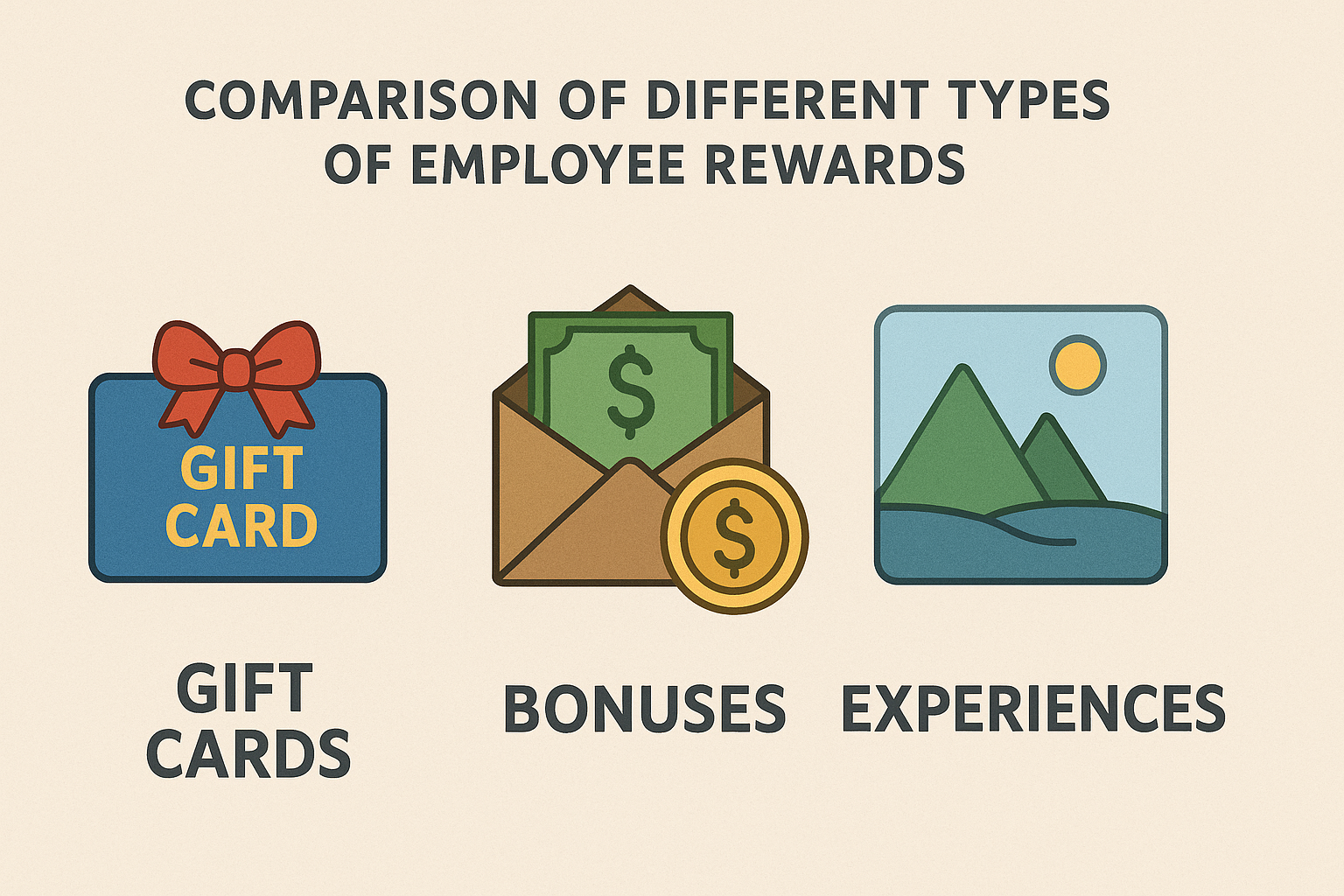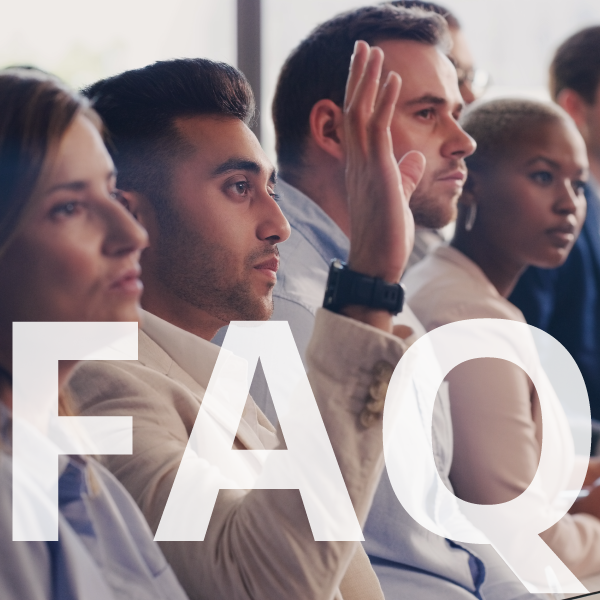Your Comprehensive Guide to Employee Recognition and Rewards
Employee recognition and rewards programs boost engagement, improve retention, and drive productivity. However, many businesses have questions about how to implement and manage these programs effectively.
This Employee Recognition FAQ provides clear, concise answers to the most common questions companies have about designing and optimizing employee recognition and rewards programs.
🔗 Related Reading: Ultimate Guide to Employee Recognition Software & Rewards Programs
What is Employee Recognition & Why is it Important?
Employee recognition refers to acknowledging employees’ contributions, achievements, and dedication. It can be verbal, digital, or incentive-based and plays a key role in:
- Boosting morale by making employees feel valued.
- Increasing retention by reinforcing loyalty.
- Driving engagement through meaningful appreciation.
Types of Employee Recognition:
- Social Recognition: Peer-to-peer shoutouts, company-wide praise.
- Performance-Based Rewards: Bonuses, incentives for achieving goals.
- Years of Service Recognition: Tenure-based awards and loyalty programs.

How Do Employee Recognition Programs Work?
Employee recognition programs are structured initiatives that formalize appreciation within a company. They can be:
- Automated through software or handled manually.
- Tied to company goals (e.g., performance metrics, customer feedback).
- Incorporated into company culture through ongoing peer and manager recognition.
Common Components of a Recognition Program:
✔ Defined Criteria: Clear guidelines on what gets recognized.
✔ Reward Options: Gift cards, bonuses, time off, or professional development.
✔ Measurement Tools: Analytics to track employee engagement and effectiveness.
Related reading: Best Employee Recognition Software: Features & Benefits
What Are the Different Types of Employee Rewards?

Rewards are a tangible form of recognition that motivate employees and reinforce company values.
Popular Employee Rewards Options:
- Monetary Rewards: Bonuses, raises, profit-sharing.
- Gift Cards & Prepaid Cards: Flexible, easy-to-distribute incentives.
- Points-Based Programs: Employees earn points for recognition and redeem them for rewards.
- Experiential Rewards: Paid travel, entertainment, or wellness perks.
Related reading:
- Bulk Gift Cards for Employees: A Smart & Scalable Reward Option
- Employee Rewards Points Programs: How They Work & Why They Matter
What is the ROI of Employee Recognition?
Measuring employee recognition ROI helps companies determine the financial and cultural impact of their program.
Key Metrics to Track ROI:
- Employee Engagement Score: Survey data measuring morale and job satisfaction.
- Retention & Turnover Rates: Companies with strong recognition programs see 31% lower voluntary turnover.
- Productivity & Performance Metrics: Increased output and efficiency in recognized employees.
- Recognition Program Utilization: If employees aren’t using the system, it’s not effective.
Related reading: How to Measure the ROI of Employee Recognition Programs
What Budget Should a Company Allocate for Employee Recognition?

There’s no one-size-fits-all budget, but best practices suggest:
- 1-2% of payroll dedicated to recognition and rewards.
- A mix of low-cost and high-value incentives (shoutouts, bonuses, gift cards).
- Flexible funding based on company size and goals.
Tips for Budgeting Employee Recognition:
- Leverage bulk gift card purchasing for cost-effective incentives.
- Prioritize peer-driven recognition for daily appreciation at no cost.
- Use automated platforms to reduce admin work and program inefficiencies.
Related reading: How to Build an Effective Employee Rewards Program
What’s the Difference Between Recognition Software & Manual Recognition?
While manual recognition (verbal praise, handwritten notes) adds a personal touch, recognition software provides scalability, automation, and tracking.
Related reading: Employee Recognition Software vs. Manual Recognition: Which is Better?
Optimizing Your Employee Recognition & Rewards Strategy
A well-structured employee recognition and rewards program helps businesses:
✔ Enhance engagement and morale.
✔ Boost retention and reduce turnover.
✔ Improve overall company culture and performance.
Need help implementing or optimizing your recognition program? Contact All Digital Rewards today for expert solutions in employee incentives and engagement!
Related reading:
- Ultimate Guide to Employee Recognition Software & Rewards Programs
- Employee Rewards vs. Recognition: Understanding the Differences
- Best Employee Recognition Software: Features & Benefits
- Bulk Gift Cards for Employees: A Smart & Scalable Reward Option
